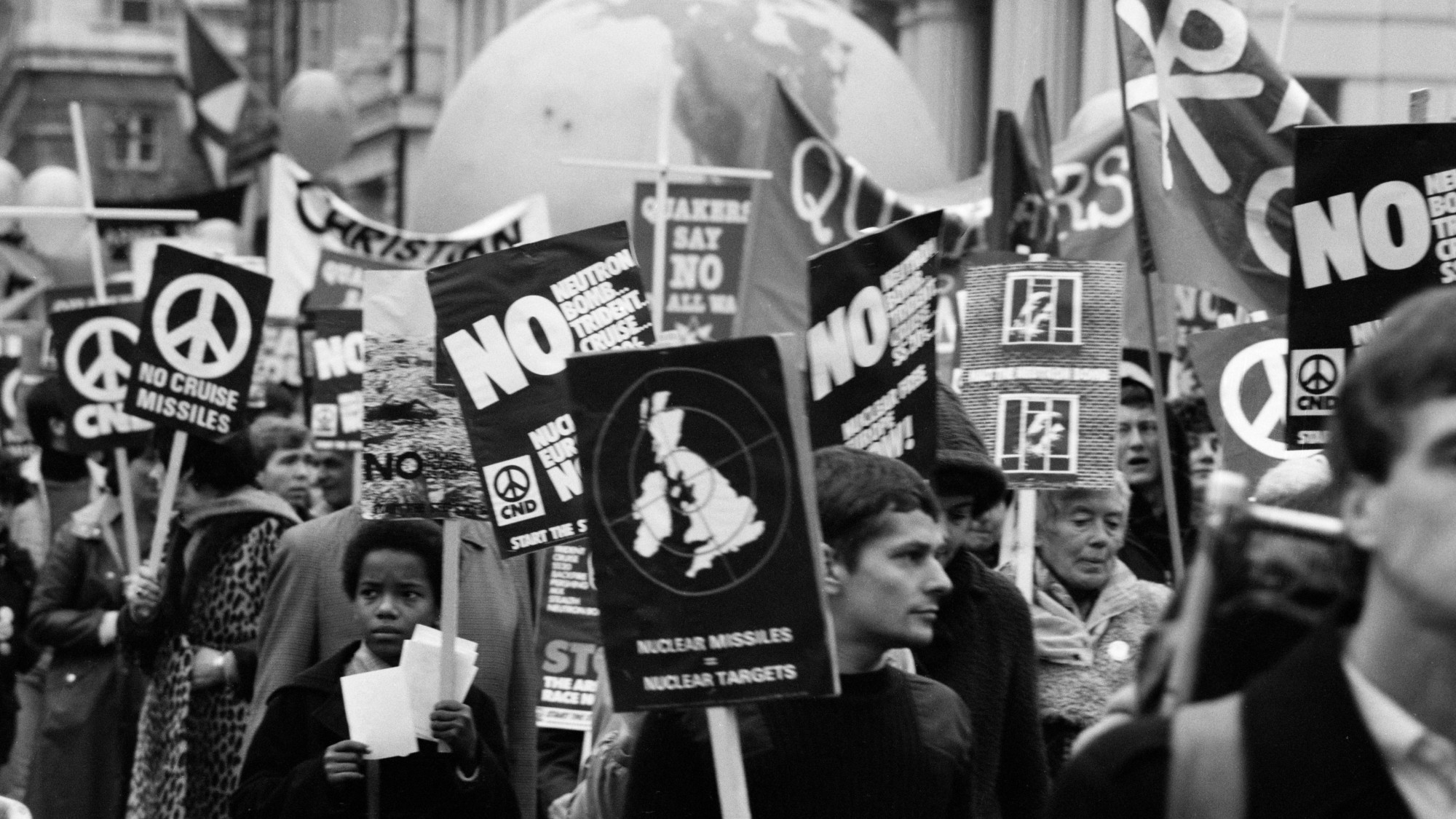Exhibit of the week: Michelangelo Pistoletto: From One to Many, 1956–1974
Pistoletto's most compelling works are the mirror paintings that won him fame in the 1960s and ’70s.
Philadelphia Museum of Art
Through Jan. 17, 2011
The Italian pop artist Michelangelo Pistoletto has always aimed to make art a participatory event, said Ed Voves in the California Literary Review. His most compelling works remain the mirror paintings that won him fame in the 1960s and ’70s: These are sheets of polished metal onto which he’s placed “astonishingly life-like” portraits of people in casual poses—standing, lounging around, drinking tea. Viewers are pulled by the mirrored backgrounds right into the frame, “their reflections creating a kind of existential communion with the silk-screened figures on the shimmering, reflective steel surfaces.” Though the tactic sounds like “a clever gimmick,” it’s actually much more: a succinct and eloquent expression of Pistoletto’s lifelong mission to create art that encourages viewers to rethink their relationships to art and to other people.
The Week
Escape your echo chamber. Get the facts behind the news, plus analysis from multiple perspectives.

Sign up for The Week's Free Newsletters
From our morning news briefing to a weekly Good News Newsletter, get the best of The Week delivered directly to your inbox.
From our morning news briefing to a weekly Good News Newsletter, get the best of The Week delivered directly to your inbox.
It’s the way such works toy with “real time” that keeps them resonant, said Robin Rice in the Philadelphia City Paper. In the Philadelphia Museum of Art’s ambitious Pistoletto retrospective, the most striking work positions a noose, menacingly, at the level of the viewer’s neck. “The ominous vignette induces an authentic, if momentary, frisson of atavistic panic—at least in those who’ve watched too many reruns of The Twilight Zone.” Next to such powerful and immediate works, the minimalist sculptures Pistoletto began creating in the mid-’60s seem “stolidly uncommunicative.” The artist called these deliberately impersonal works—generic likenesses of a bathtub, a mailbox, a side table—Minus Objects. “I call them boring.”
What the Minus Objects lack in visual oomph they make up for in conceptual moxie, said Edward Sozanski in The Philadelphia Inquirer. In the mid-’60s, the mirror paintings had become the toast of the contemporary art scene, as moneyed collectors and top New York gallery owners clamored for more of the same. Instead of cashing in, Pistoletto abandoned his trademark style for a constantly changing one that championed “the absence of the artist’s identity”—works that looked like they could have been produced by anyone. In doing so, he effectively thumbed his nose at “the notion of branded commercialism that was beginning to rear its coiffed head in the art market.” Years later, Pistoletto found the ultimate expression of this anti-elitist bent, with a series of works incorporating the most pedestrian of all mediums: piles of used rags. “The results are lively, improvised mosaics” that are both whimsical and “aesthetically liberating.”
A free daily email with the biggest news stories of the day – and the best features from TheWeek.com
-
 Is there a Christmas truce in the Starmer farmer ding-dong?
Is there a Christmas truce in the Starmer farmer ding-dong?Today’s Big Question There’s an ‘early present’ for farmers but tensions between Labour and rural communities remain
-
 The history of US nuclear weapons on UK soil
The history of US nuclear weapons on UK soilThe Explainer Arrangement has led to protests and dangerous mishaps
-
 Tea with Judi Dench: ‘touching’ show is must-watch Christmas TV
Tea with Judi Dench: ‘touching’ show is must-watch Christmas TVThe Week Recommends The national treasure sits down with Kenneth Branagh at her country home for a heartwarming ‘natter’